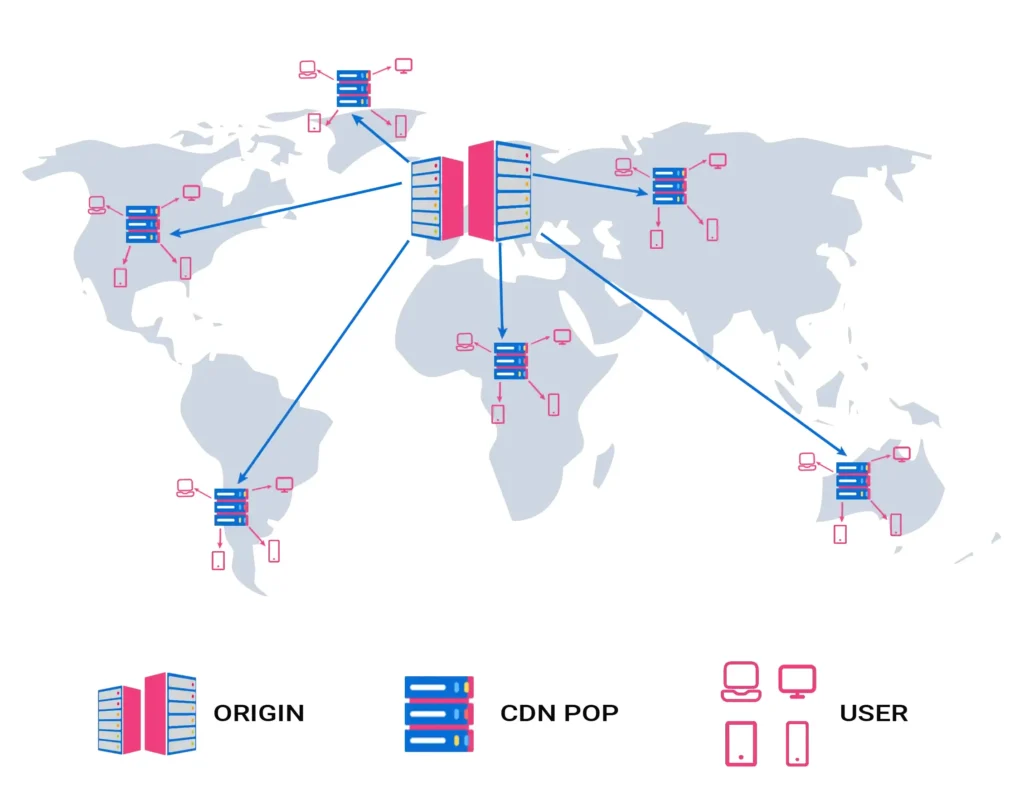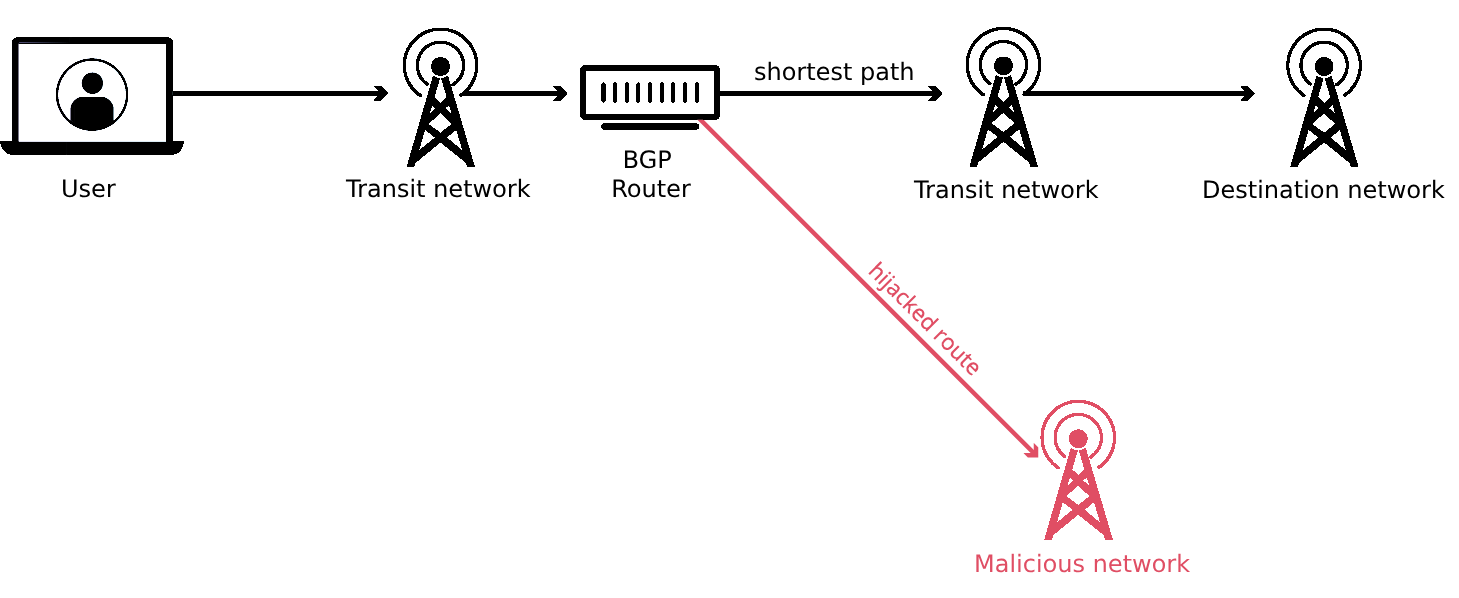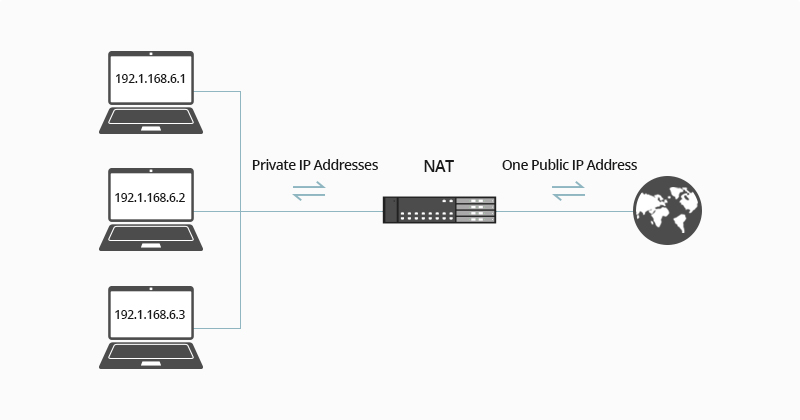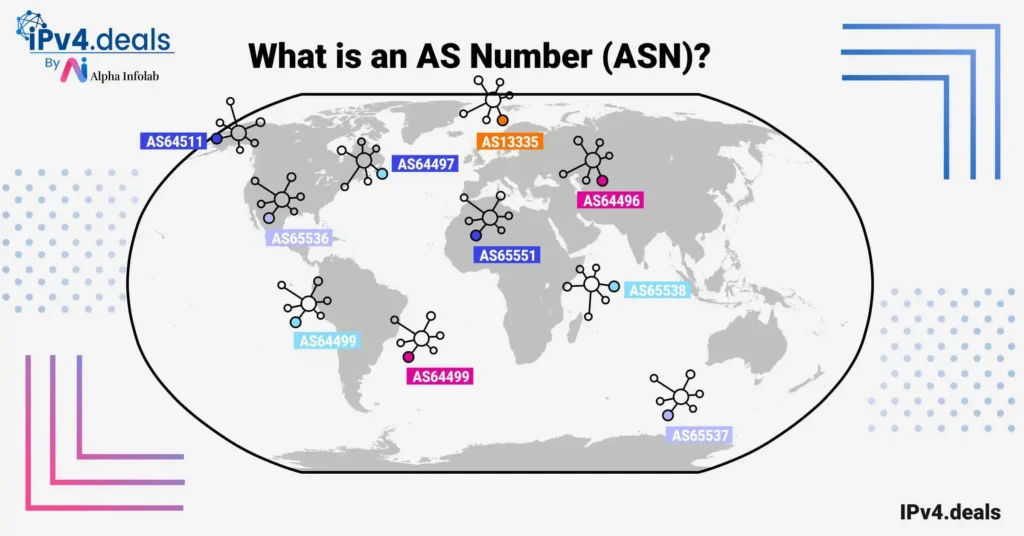In the digital age, speed and accessibility are everything. Whether it’s streaming a movie, downloading a software update, or simply browsing a website, users expect content to be delivered quickly and reliably. This is where Content Delivery Networks, or CDNs, come into play. They work behind the scenes to ensure that your digital experience is seamless, fast, and secure.
Table of Contents
What is a CDN?
A Content Delivery Network (CDN) is a geographically distributed network of servers and data centers that work together to deliver internet content to end users. The primary purpose of a CDN is to improve the availability and performance of websites and other data-heavy applications. This is achieved by reducing latency – the delay that occurs from the moment you request to load a webpage to the moment its content actually appears onscreen – and speeding up webpage loading times.
One of the key features of a CDN is its geographical distribution. CDNs have servers located in various locations around the world, allowing them to cache and store content closer to end users. This reduces the distance that data needs to travel, thereby improving delivery speed. When a user requests content, the CDN delivers it from the server that is closest to the user, reducing the time it takes to load the content.
How Does a CDN Work?
A CDN is composed of several key components that work together to deliver content efficiently. The origin server is where the original content is hosted. Edge servers, located at various points of presence (PoPs) around the world, store cached versions of this content. When a user requests content, the request is routed to the nearest edge server, reducing latency. Internet exchange points (IXPs) are physical locations where different networks connect and exchange traffic, further enhancing the speed and reliability of content delivery.
Here are the main steps of how a CDN works:
- Establishment of Points of Presence (PoPs): CDNs have strategically located data centers known as Points of Presence (PoPs) around the world. Within each PoP are thousands of caching servers that store copies of web pages, images, videos, and other files.
- User Requests Content: When a user requests content, the CDN delivers it from the server that is closest to the user, reducing the time it takes to load the content.
- Content is Cached: CDNs cache content, which means they store copies of web pages, images, videos, and other files on their servers. This helps reduce the distance that data needs to travel and improve delivery speed.
- Load Balancing: CDNs use load balancing to distribute traffic across multiple servers. This helps prevent any one server from becoming overloaded and ensures that content is delivered quickly and reliably.
- Content is Delivered: The CDN delivers the content to the user from the server that is closest to them, reducing latency and speeding up webpage loading times.
Key Features of CDNs
CDNs offer several key features that enhance the performance and reliability of websites and applications:
- Performance Improvement: By delivering content from servers that are geographically closer to users, CDNs can significantly improve website performance and reduce load times. This is especially beneficial for data-heavy applications such as streaming media and large file downloads.
- Security and Reliability: CDNs can enhance the security and reliability of websites by distributing content across multiple servers. This helps protect against security attacks and reduces the risk of downtime.
- Use Cases: CDNs are used for a variety of purposes, including video streaming, software downloads, web and mobile content acceleration, load balancing, and analytics. They serve a range of content, including websites, mobile applications, streaming media, and downloadable objects.
Types of Content Delivered by CDNs
A CDN can deliver a wide variety of content, enhancing the user experience across different platforms and applications:
- Web Objects: This includes text, graphics, and scripts that make up a website. By caching these elements, CDNs can significantly speed up the loading time of web pages.
- Downloadable Objects: Media files, software, and documents that can be downloaded from a website are also delivered by CDNs. This ensures faster downloads and less waiting time for users.
- Applications: CDNs can accelerate the delivery of web and mobile applications, including e-commerce and portals. This results in a smoother and more responsive user experience.
- Streaming Media: CDNs can deliver both live and on-demand streaming media, including video and audio streams. This is particularly important for platforms like Netflix and YouTube, where buffering and lag can significantly impact the user experience.
- Social Media Sites: CDNs can serve social media sites, including news feeds, login status, and chat messages. This ensures that users can interact with these platforms quickly and seamlessly.
Ensuring Content Consistency in CDNs
A CDN has the ability to deliver consistent content to users around the world. Here’s how this is achieved:
- Caching: CDNs make copies of web pages or other content and store them on their servers. This not only allows users to access the content more quickly, but it also ensures that everyone sees the same version of a page.
- Synchronization and Version Control: When a website changes, the CDN synchronizes these changes across all its servers, using version control to keep track of changes. This ensures that users always access the most recent and correct version of the content.
- Integrity Verification: CDNs have mechanisms in place to verify that the content they’re delivering hasn’t been altered or corrupted. This helps ensure that users always receive the correct and intended version of the content.
In essence, CDNs use a combination of caching, synchronization, version control, and integrity verification to ensure that all users, regardless of their location, receive consistent content.
Potential Downsides and Security Implications of Using a CDN
While CDNs offer many benefits, there are also potential downsides and security implications to consider. One of the most significant downsides of using a CDN is the cost. CDNs can be expensive, especially for smaller websites with lower traffic volumes. CDNs often charge based on the amount of data transferred, which can add up quickly.
In addition to the base cost, CDNs can have hidden costs, such as costs per data transfer and gigabytes. These costs can result from third-party networks and can be difficult to predict.
Geographic limitations can also be a concern. If there’s a mismatch between the location of your servers and that of your audience, CDNs may not be as effective. It’s important to know your audience’s geography and have the CDN servers placed accordingly.
Using a CDN also means that third parties receive information about your website and systems. This can be a concern for some website owners who may feel uncomfortable handing over their website files to another company. Moreover, CDNs using unpatched or outdated systems are vulnerable to attack, making your website and online assets vulnerable too.
There are additional risks associated with using a CDN, such as the possibility of data breaches or security vulnerabilities. However, proper security measures can mitigate these risks. CDNs can help protect against attacks and threats, mitigate the risk of a DDoS attack, and provide important disaster recovery measures.
It’s important to carefully read all terms and conditions and consider the risks before deciding whether to use a CDN.
Conclusion
In conclusion, a CDN is a powerful tool that can significantly improve the performance and security of your website. However, like any tool, it’s important to use it wisely and understand its potential risks and benefits. By doing so, you can ensure that you’re making the most of your CDN and providing the best possible experience for your users.
Frequently Asked Questions
What is a CDN?
A Content Delivery Network (CDN) is a geographically distributed network of servers and data centers that work together to deliver internet content to end users. The primary purpose of a CDN is to improve the availability and performance of websites and other data-heavy applications.
How Does a CDN Work?
A CDN is composed of several key components that work together to deliver content efficiently. The origin server is where the original content is hosted. Edge servers, located at various points of presence (PoPs) around the world, store cached versions of this content. When a user requests content, the request is routed to the nearest edge server, reducing latency.
What are the Key Features of CDNs?
CDNs offer several key features that enhance the performance and reliability of websites and applications: Performance Improvement, Security and Reliability, and Use Cases.
What types of content are delivered by CDNs?
A CDN can deliver a wide variety of content, enhancing the user experience across different platforms and applications: Web Objects, Downloadable Objects, Applications, Streaming Media, and Social Media Sites.





